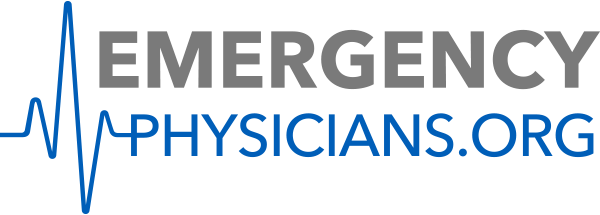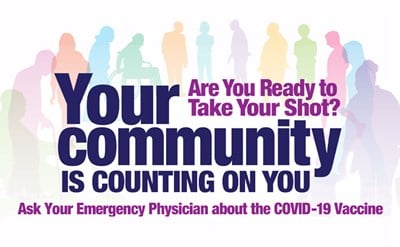WASHINGTON, D.C.—While drug overdose deaths reached an all-time high in 2021, opioid prescribing by physicians and clinicians dropped significantly in emergency departments that prioritized personalized feedback between peers, according to a new analysis in Annals of Emergency Medicine.
From January 2019 to July 2021, opioid prescribing dropped 35% among physicians and 41% among nurse practitioners and physician assistants, according to the analysis of care teams from one physician group spanning 102 emergency departments in 17 states.
“The impact of peer-to-peer feedback on opioid prescribing was immediate and profound,” said Jesse Pines, MD, MBA, FACEP, national director of clinical innovation at US Acute Care Solutions, professor of emergency medicine at Drexel University and the study’s senior author. “Emergency physicians are leading efforts to evolve the culture of prescribing. Sometimes, all it takes to bring about meaningful change is a data-driven conversation that details the evidence behind the many non-opioid options that can achieve similar or even better pain control.”
The study, “Opioid Prescription Reduction After Implementation of a Feedback Program in a National Subset of Emergency Departments,” appearing in the May edition of Annals of Emergency Medicine is the largest known analysis of emergency clinician prescribing interventions to date. The authors assessed the impact of conversations between clinicians and site directors about prescribing rationale and patterns, education on using alternatives to opioids whenever feasible, and the use of a prescription drug management program. Each conversation was personalized and informed by national data gathered by the participating clinicians’ staffing group.
Decreases in opioid prescribing were evident across the most common diagnoses, according to the study. Opioid prescribing for injury or poisoning decreased 15% while prescribing for symptoms of illness dropped 25%, as did prescribing for respiratory disease (40%), infection or parasite (54%), blood circulation issues (36%), and endocrine or nutritional issues (28%).
Although emergency departments are not a significant source of opioid prescriptions overall, emergency physicians continue to lead programs that reduce opioid prescribing and can be adapted by other health care professionals.
“This research gives clinicians and administrators a promising model for limiting opioid prescribing in a variety of different ED settings,” said the study’s lead author Jonathan Oskvarek, MD, MBA, emergency physician and innovation fellow at US Acute Care Solutions. “Emergency physicians are setting a strong example for prescribers by prioritizing alternatives to opioids when appropriate, a choice that goes a long way toward preventing opioid overdoses.”
 American College of Emergency Physicians
American College of Emergency Physicians







